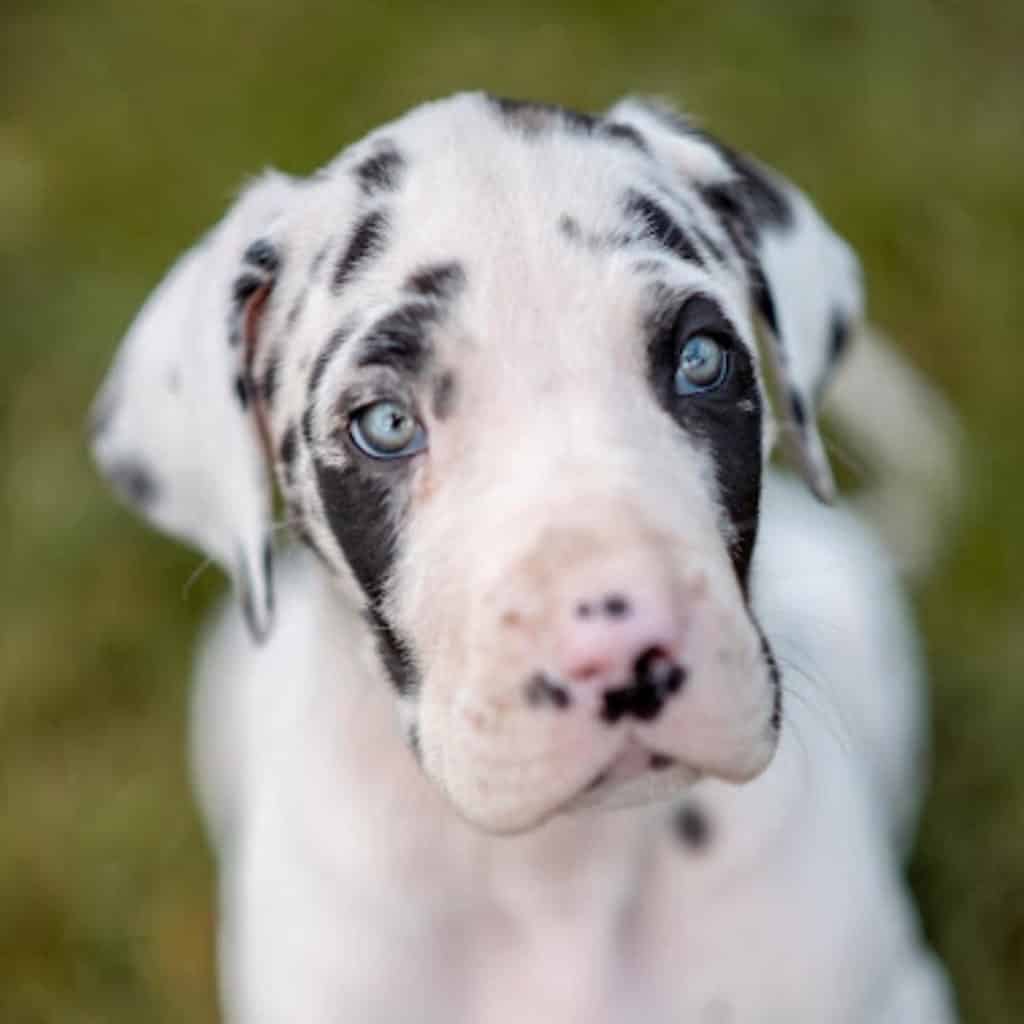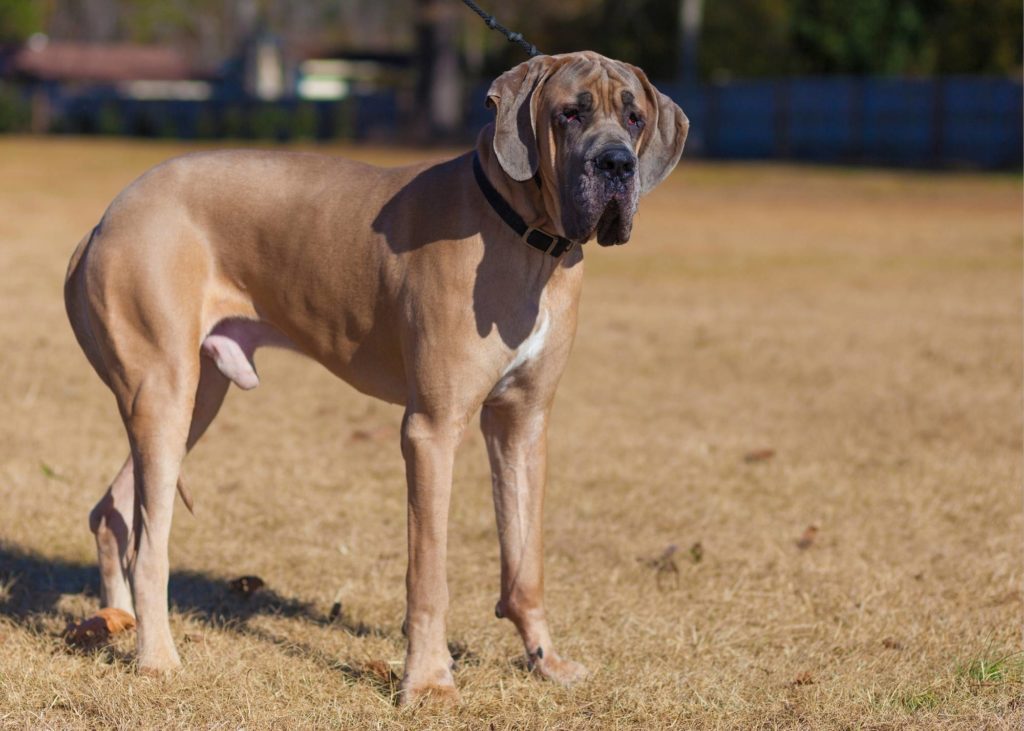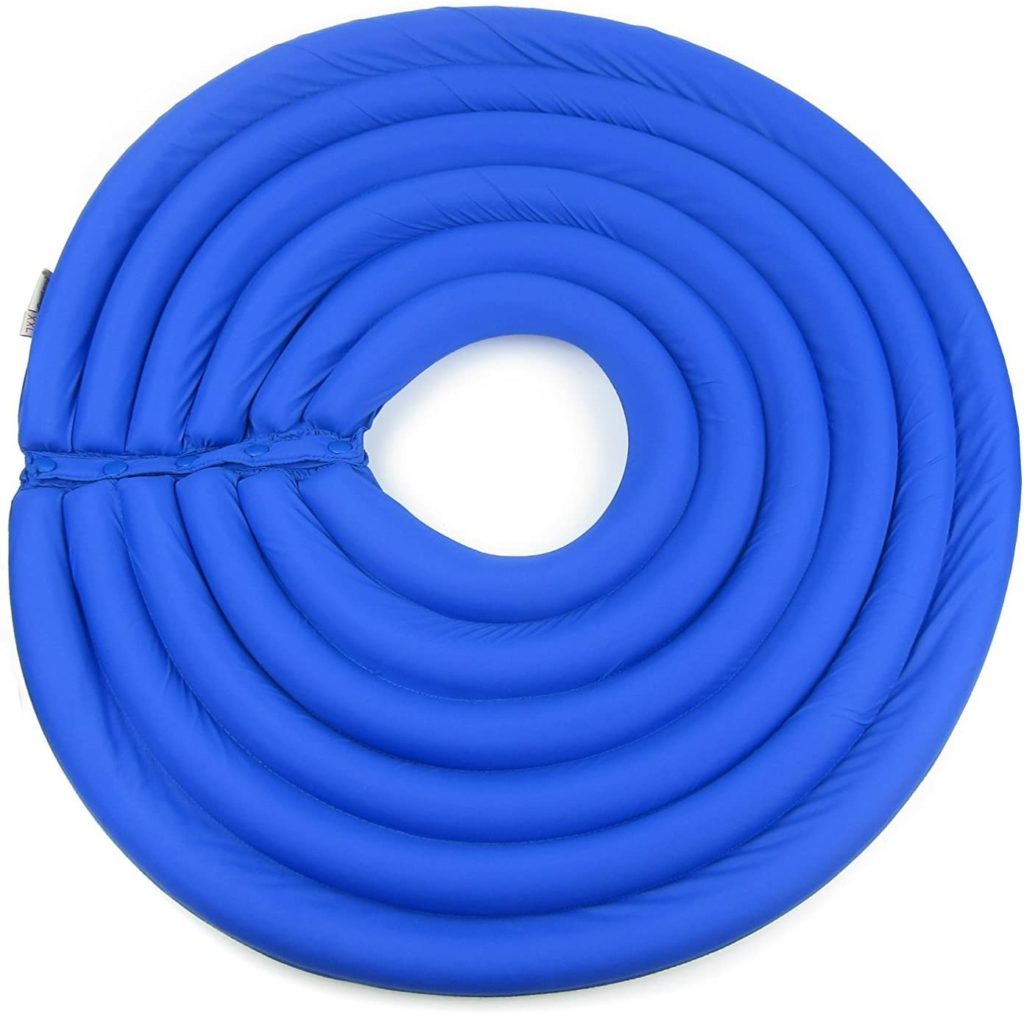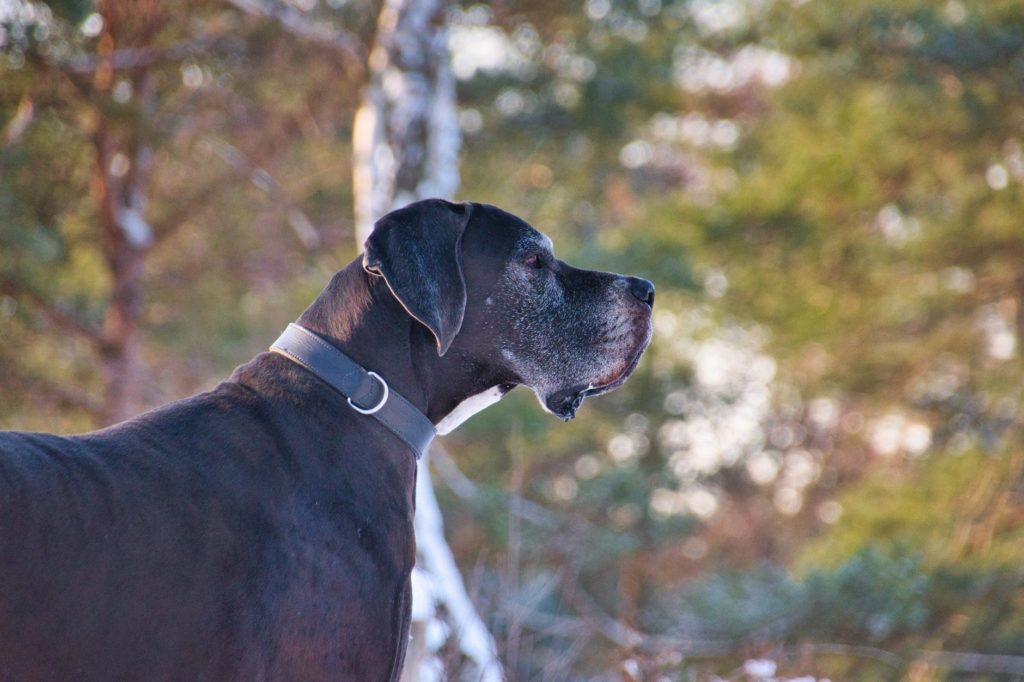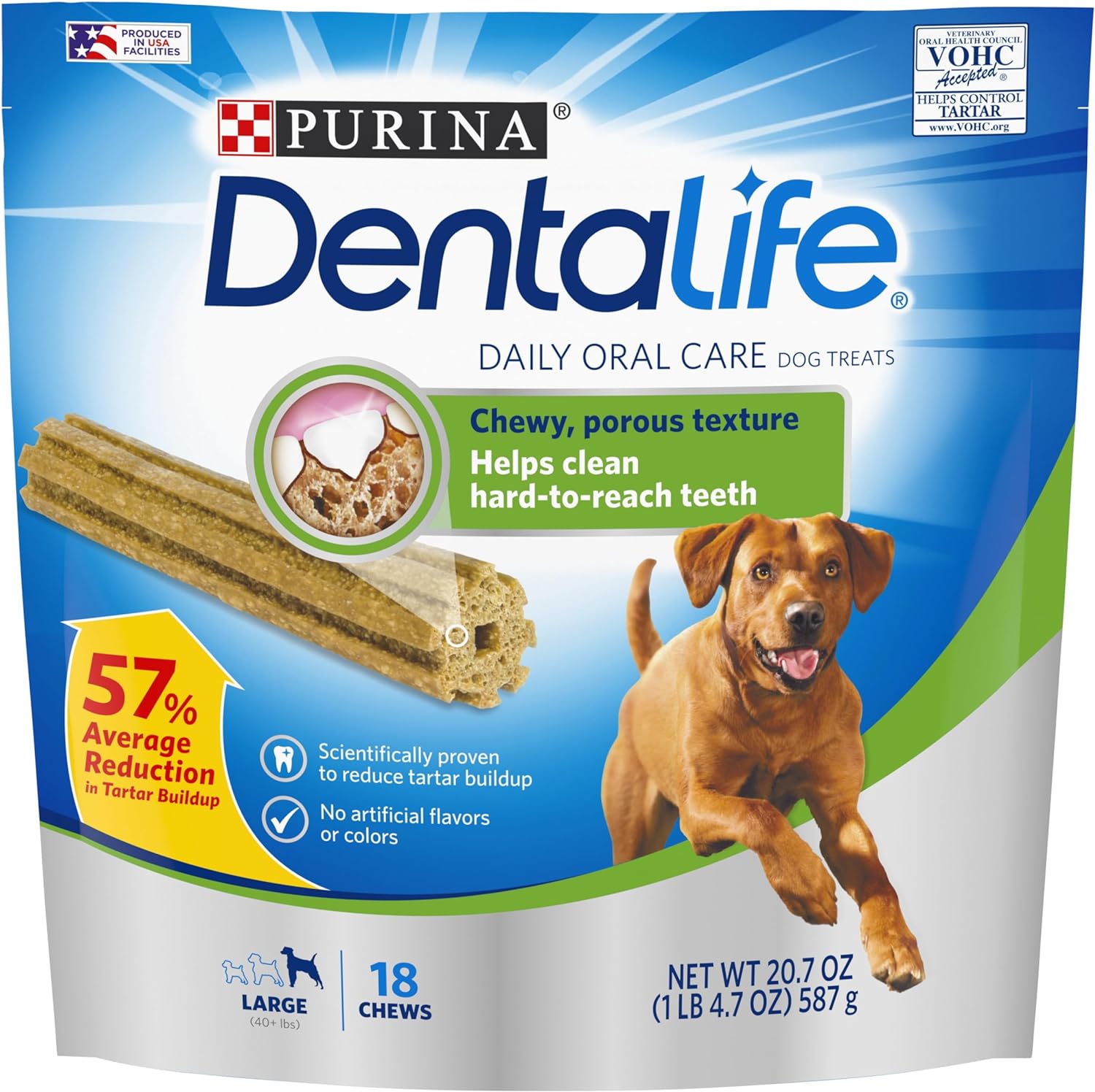Helping a dog with broken leg does not have to be stressful and exhausting. If your Great Dane has a broken leg, the first thing you need to do is get him to the veterinarian. A broken leg can be a serious injury, and it’s important to make sure that your dog receives proper treatment.

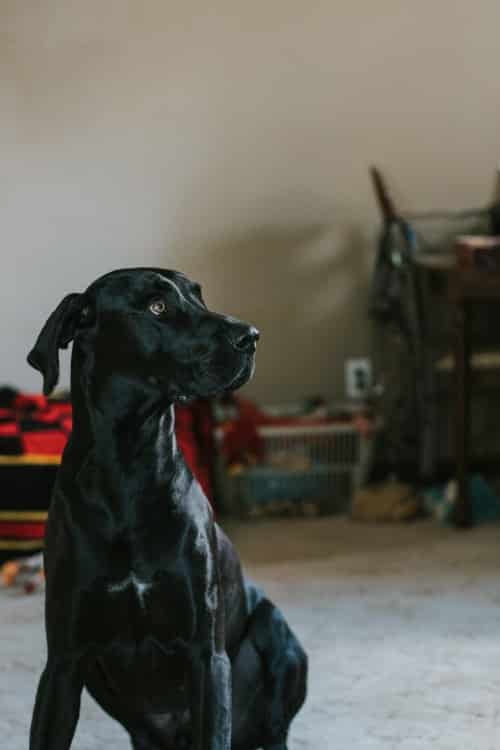
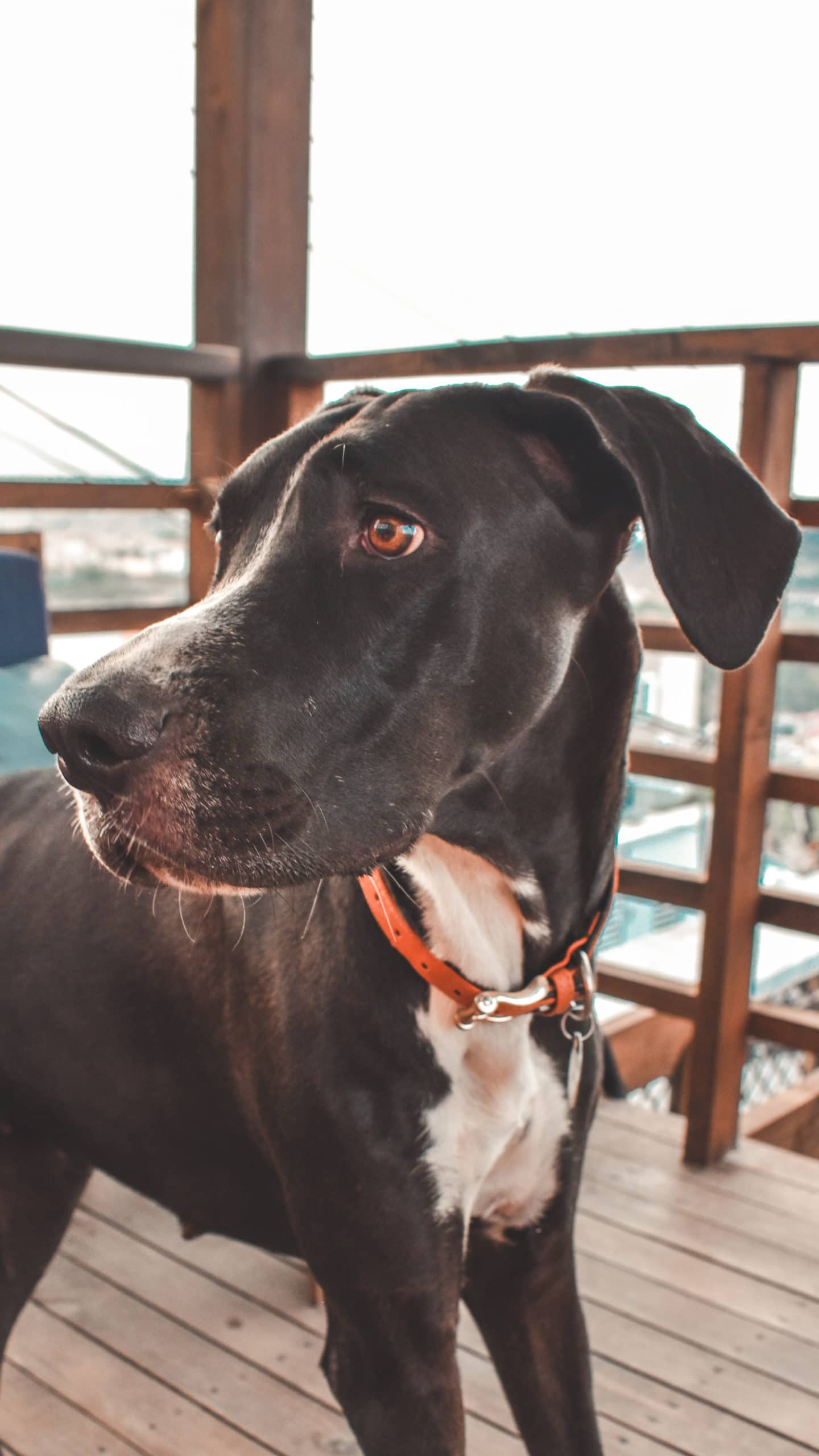
Dog with Broken Leg: Broken Bones in Great Danes
Great Danes are susceptible to a number of different injuries, including broken bones. A broken bone can occur for a variety of reasons, including trauma, cancer, or even just from falling awkwardly.
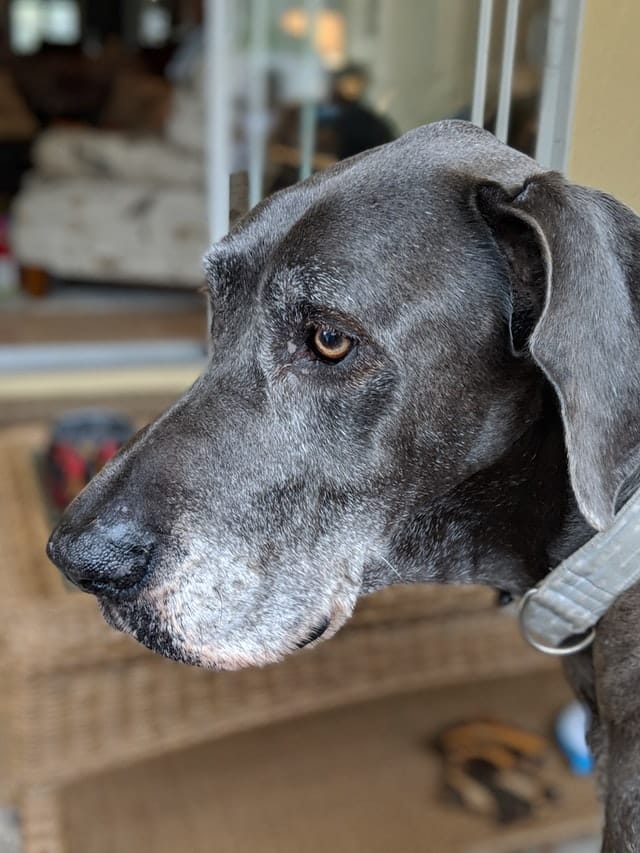
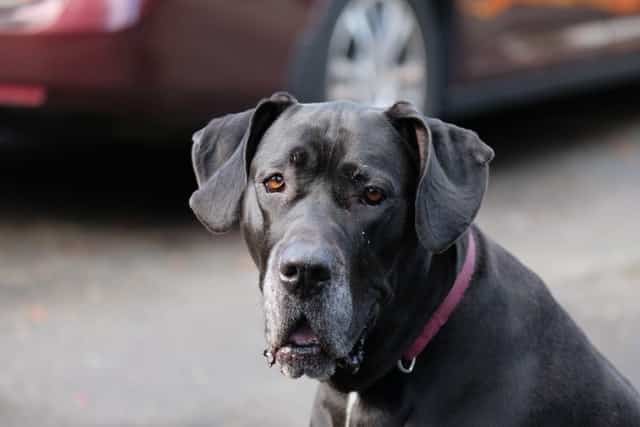
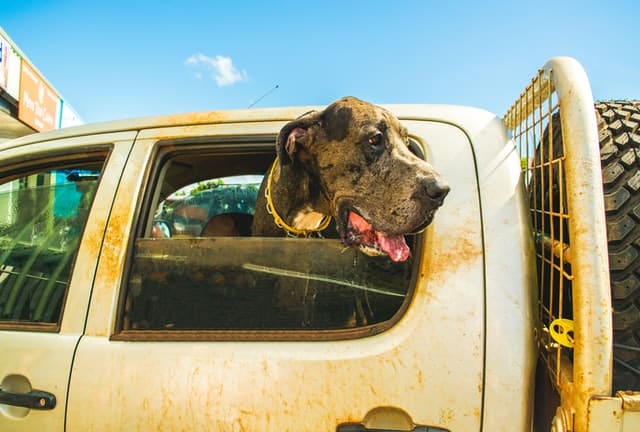
One: Fractured Bone in Your Great Dane
Fractured bones are considered a broken bone, which can be a medical emergency, so you’ll want to get your dog to the vet as soon as possible.
Hairline fractures are definitely more common than broken legs in dogs, but still require pet parents to take action for bone healing.
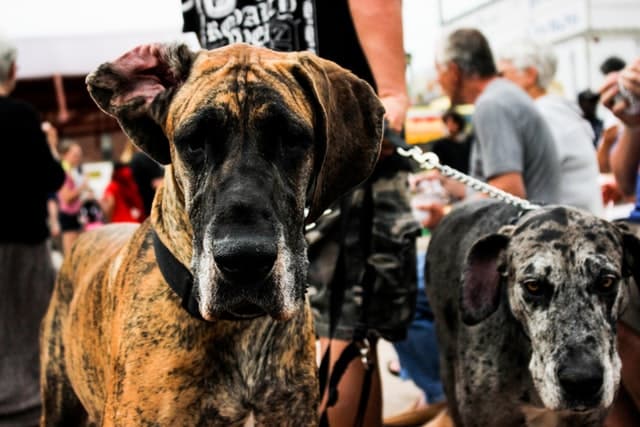

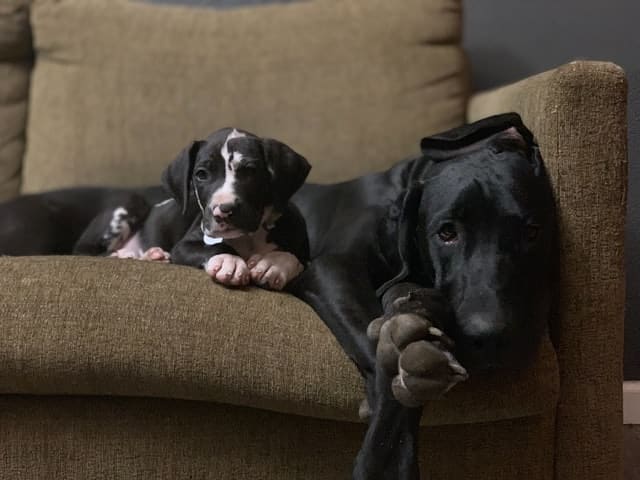
If you’re unsure whether or not your dog has a broken bone, there are some signs that you can look for. These include:
- Limping or holding up a limb
- Swelling or bruising around the injury site
- Whimpering or crying when the area is touched
- Obvious signs of pain such as smacking lips, drooling, full body shaking, or other signs
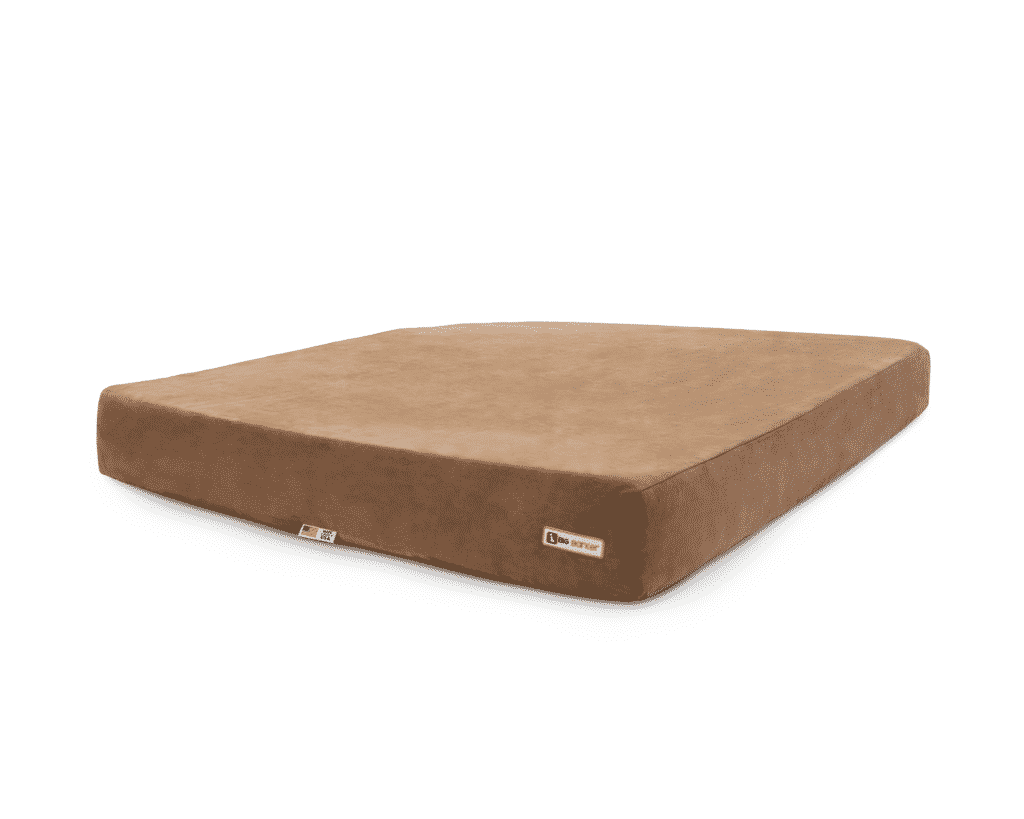
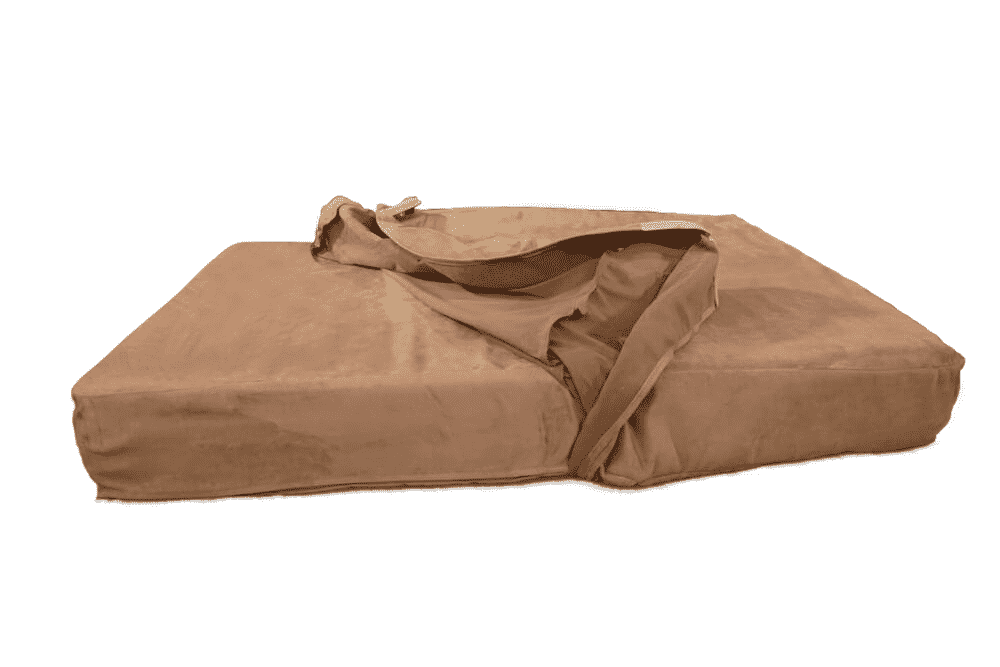
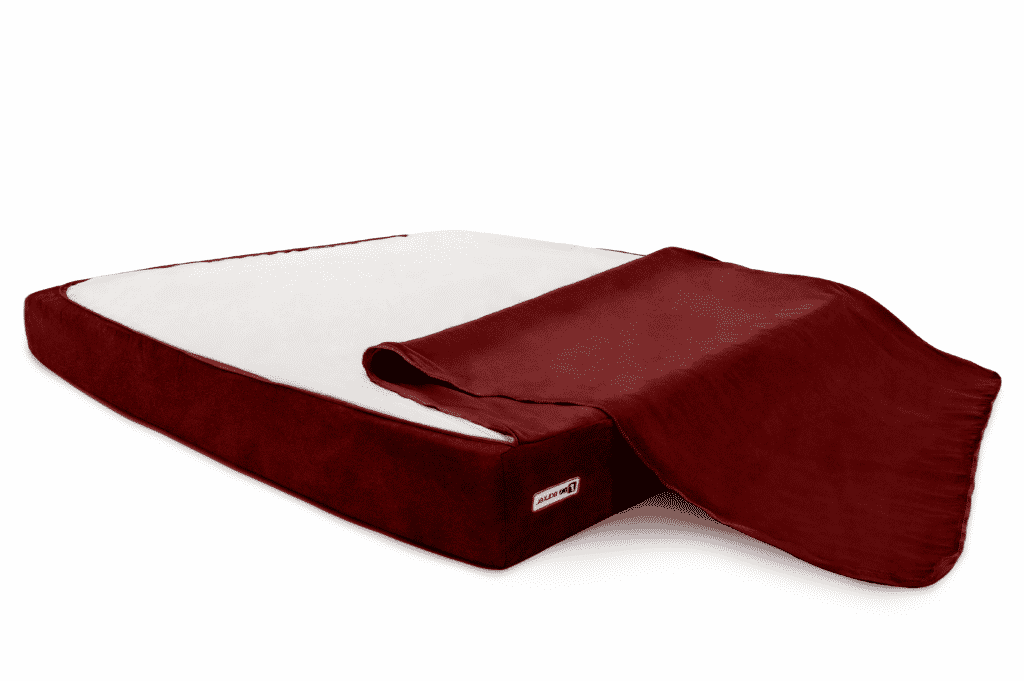
Treatment for a broken bone will vary depending on the severity of the injury, but may include immobilization, surgery, or even just rest and pain relief.
At the vet, you will likely be asked to complete x rays to identify the fracture site, as a fracture can have similar symptoms of a break.
Additionally, the healing process of a fracture vs. a break remains relatively similar.
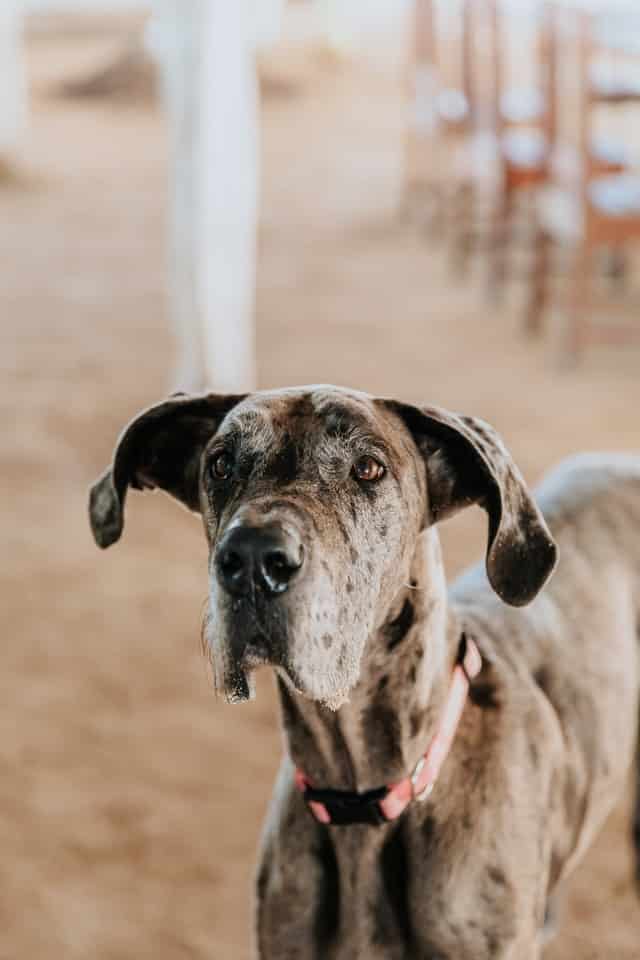
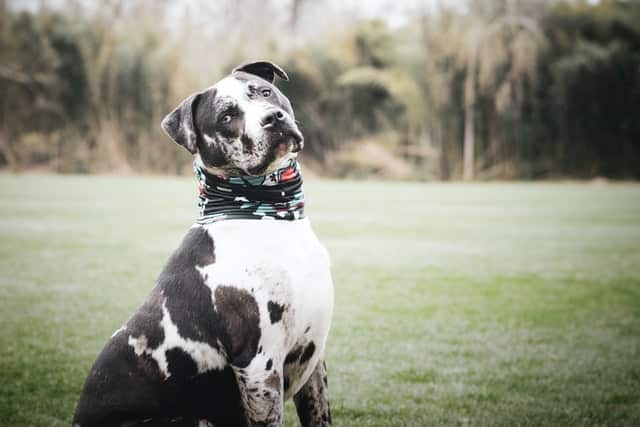
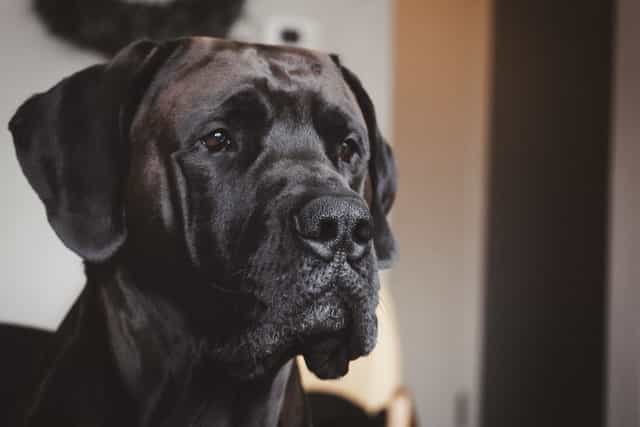
Two: Finding the Right Vet for Your Great Dane
When it comes to finding the right vet to treat broken limbs with your Great Dane, you’ll want to make sure that you find a vet who has experience with broken bones or a fracture.
Visit Either Your Regular Vet or Emergency Vet First
When you notice your dog is in pain or not bearing weight on its bone or favoring one limb, you will need to get them to the vet immediately.
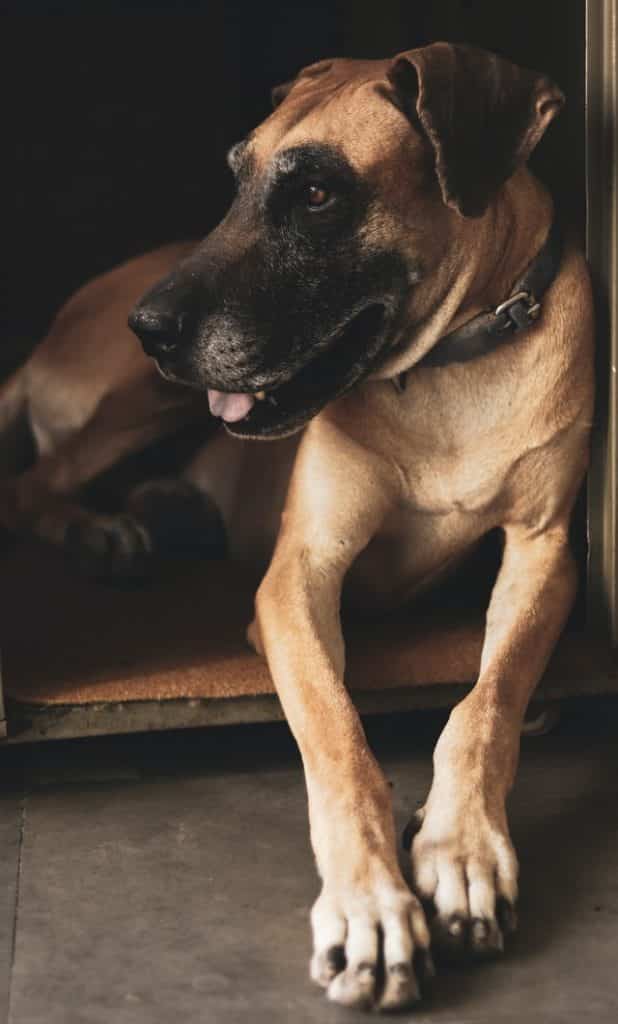
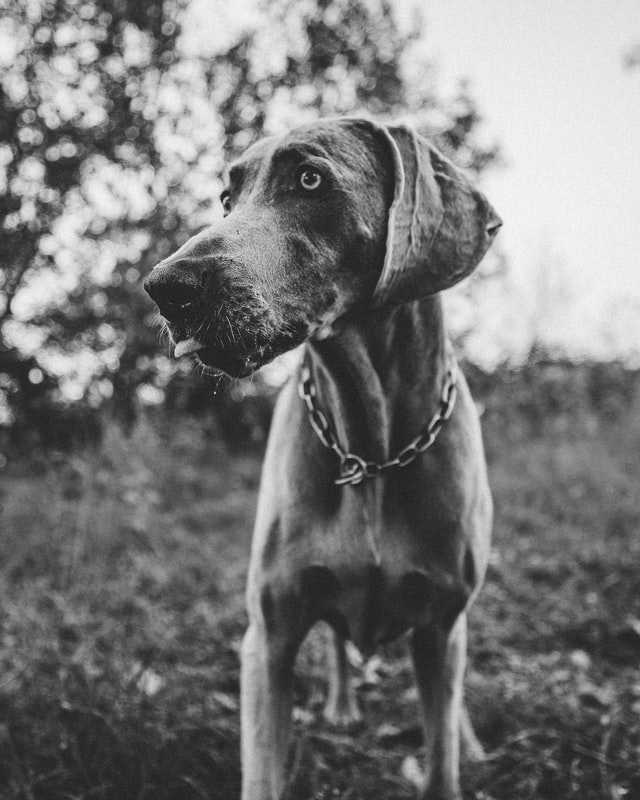
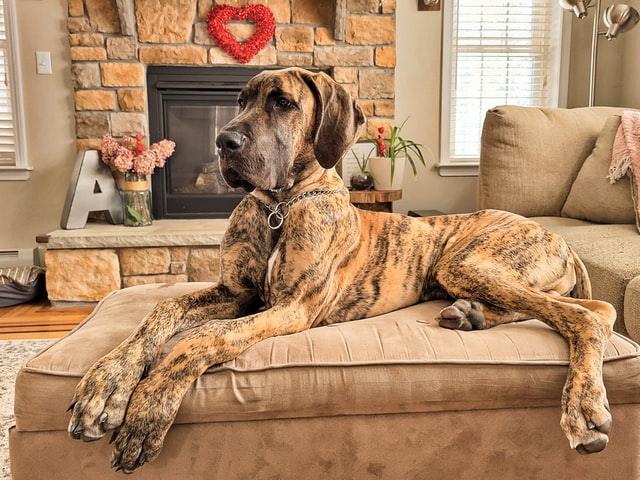
Take them to your regular vet if they are available. If your vet is not available or open, the Emergency Vet is the next option.
What Will Happen at the Vet?
Your vet or the emergency vet will want to weigh several factors in your Great Dane before they can give you a plan.
These factors include:
- The severity of the injury or fracture
- The age of your Great Dane
- Your dog’s overall health
- Your dog’s activity level
- If your Great Dane is weight bearing on the leg
- If your Great Dane is at an ideal weight to be able to remain rested without issues
After your vet has assessed all of these factors, they will be able to give you a treatment plan for your Great Dane. This will most likely include your dog receiving x rays so that they can recommend a treatment method.
Veterinary Surgeon
Canine surgeons that treat Great Danes are specialists and experts in the field of performing surgery on dogs, including those who have a broken bone or any type of fracture that needs correction.
You may be referred to a surgeon.
When choosing a veterinary surgeon, you’ll want to make sure that you find one who is experienced in treating large breeds.
Orthopaedic Specialist
You might be referred to see an Orthopaedic Specialist.
Like veterinary surgeons, Orthopaedic specialists have completed additional training in their field and are able to provide more specialized care for your Great Dane.
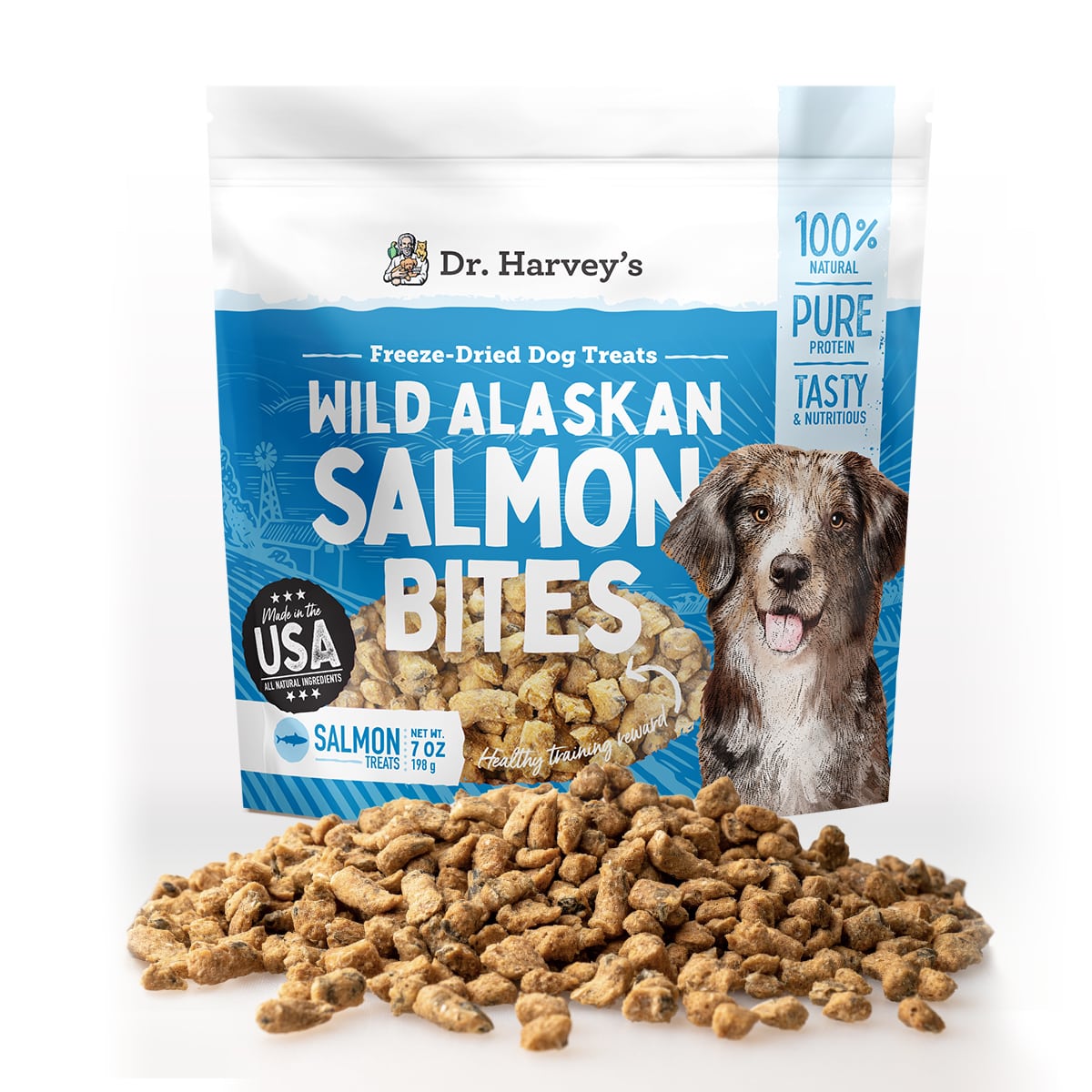


Again, when choosing an Orthopaedic specialist, you’ll want to make sure that you find one who is experienced in treating big Great Danes, as treating toy breeds/small dogs/medium dogs can vary greatly from big dogs.
Three: Dog’s Pain with a Broken Bone
Breaking a bone is very painful, even for a dog. Also, even a fracture can be excruciating. Most dogs will express their pain by whimpering or crying when the area is touched.
Your dog may also try to lick or bite at the injury site. It’s important to keep your dog from licking or biting at their injury as this can cause further damage.

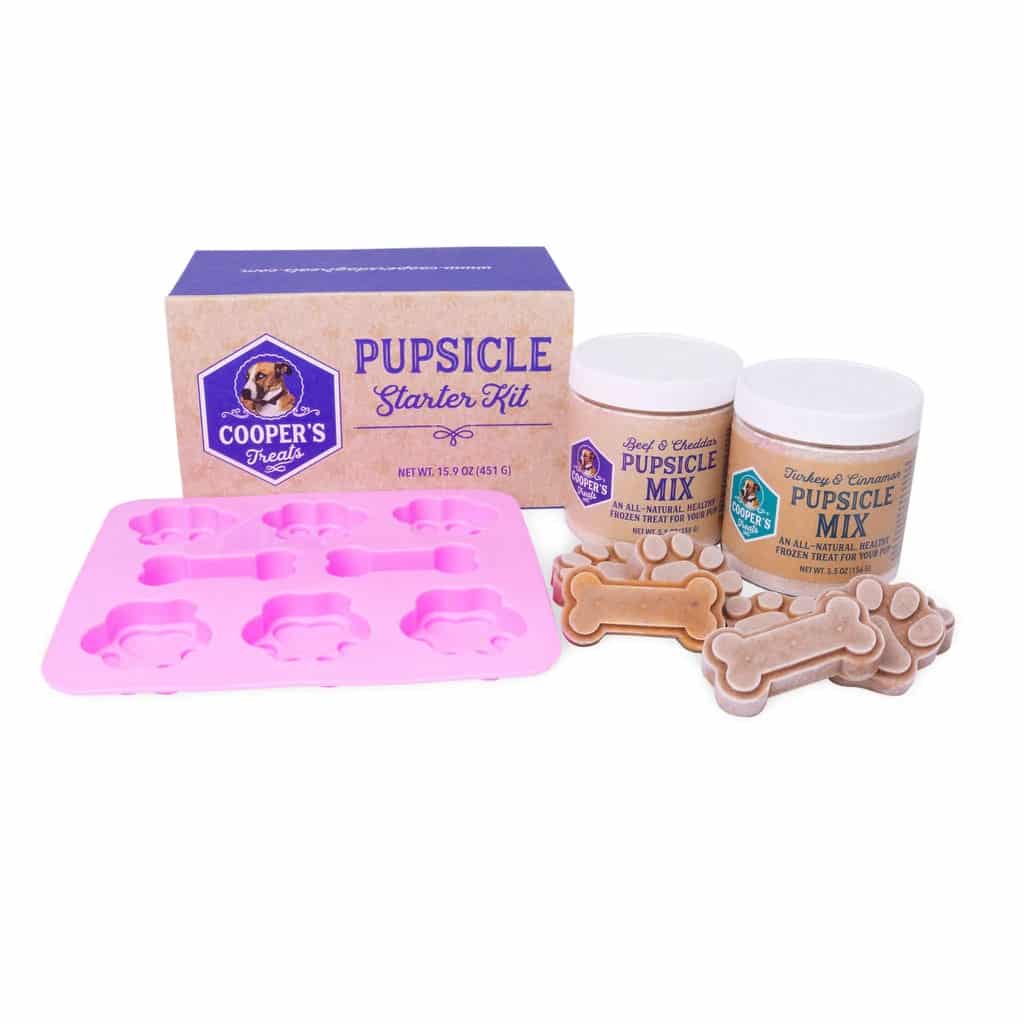
You can help your dog by providing them with a comfortable place to rest and keeping them calm. You should also try to remain calm yourself as many dogs pick up on their humans energy.
In order to reduce pain while you get to the doctors, you should lay them in a flat and supportive spot, give them water, and use an ice pack to apply pressure (not too hard).
Do not give medication on the way to the vet, as whatever you give your dog could interact with any medications that they need to administer for pain relief of the injury upon arriving.
Four: Issues that Can Happen With Broken Bones
There are a few issues that can happen if your Great Dane has a broken bone, including angulations, pressure sores, and joint contractures.
Angulations or Joint Contractures
Angulations happen when the bone is broken in such a way that it doesn’t line up correctly when it heals. This will cause your dog to have an abnormal gait and may require surgery to fix.
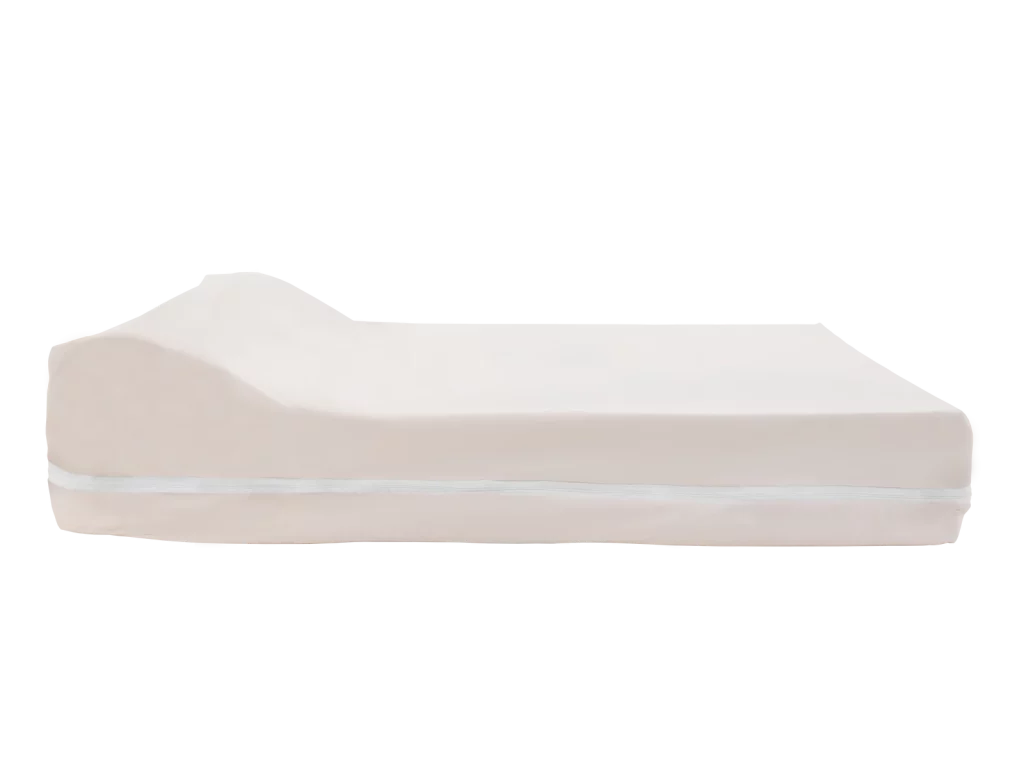

Joint contractures happen when the muscles around the joint tighten and cause the joint to freeze in place. This can happen if your dog doesn’t move their limb for a long period of time or if they have an incorrect cast placed. This stagnation can cause further damage and future health conditions.
Pressure Sores
Open sores can occur if your dog is not placed in the correct position and they rest on their injury for too long, which can cause skin breakdown. The dog’s skin will resemble open wounds and will need to be monitored for infection, but pet parents can heal them with time.
If you notice an open wound on your pup, definitely reach out to your vet to ask them what you should do. Any form of open wound should be treated to prevent infection.
Five: Where Is The Most Common Break?
The most common break in dogs is the humerus, which is the bone that runs from their shoulder to their elbow. This bone is often broken when dogs are hit by cars or fall from a great height.
Other common breaks include the radius (in the forearm), the ulna (also in the forearm), and the femur (the thigh bone).
While these are the most common breaks, any bone can be broken.
Older Dogs
Older dogs are more likely to break a bone than younger dogs.
The first reason is that their bones are not as strong as they used to be. This is due to the loss of density that occurs with age.
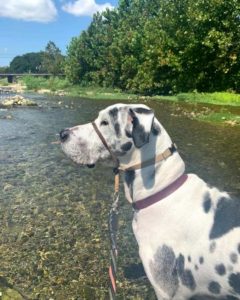
How long do Great Danes live? Well, this sweetie named Harleigh is 10 and thriving! Read more here!
Photo Credit to Chelsea & Harleigh at @mixedwithout
The second reason is that older Great Danes are more likely to have health conditions that can lead to breaks. For example, cancerous tumors can weaken bones and make them more likely to break.
The last reason is that senior dogs are more likely to take medications that can cause bone loss. For example, steroids are a common medication given to older Great Danes that can cause bone loss.
For these reasons, senior Great Danes can have factors that can affect healing and cause breaks in the first place.
Six: Treatment Options
Pet owners should be aware of the many routes they might be recommended to take to help their dog’s leg heal.
Anti Inflammatories
Non-steroidal anti-inflammatory drugs (NSAIDs) are a type of medication that can be used to help with pain and swelling. These are typically given orally but may also be given as an injection or topically.
Pain Medication
There are a variety of pain medications that your veterinarian may prescribe for your dog, depending on the severity of their pain. Never, however, administer drugs to your dog without speaking to your veterinarian for advice on the best course of medication.
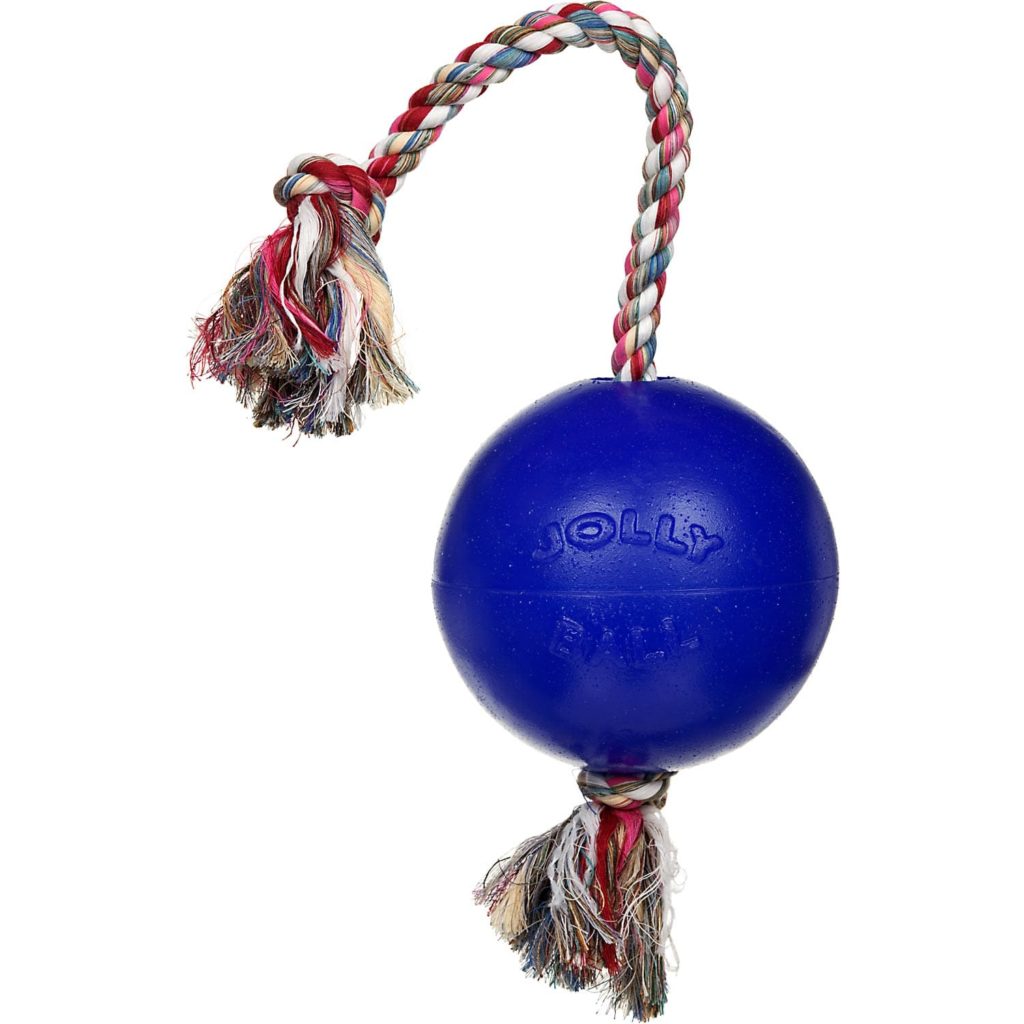
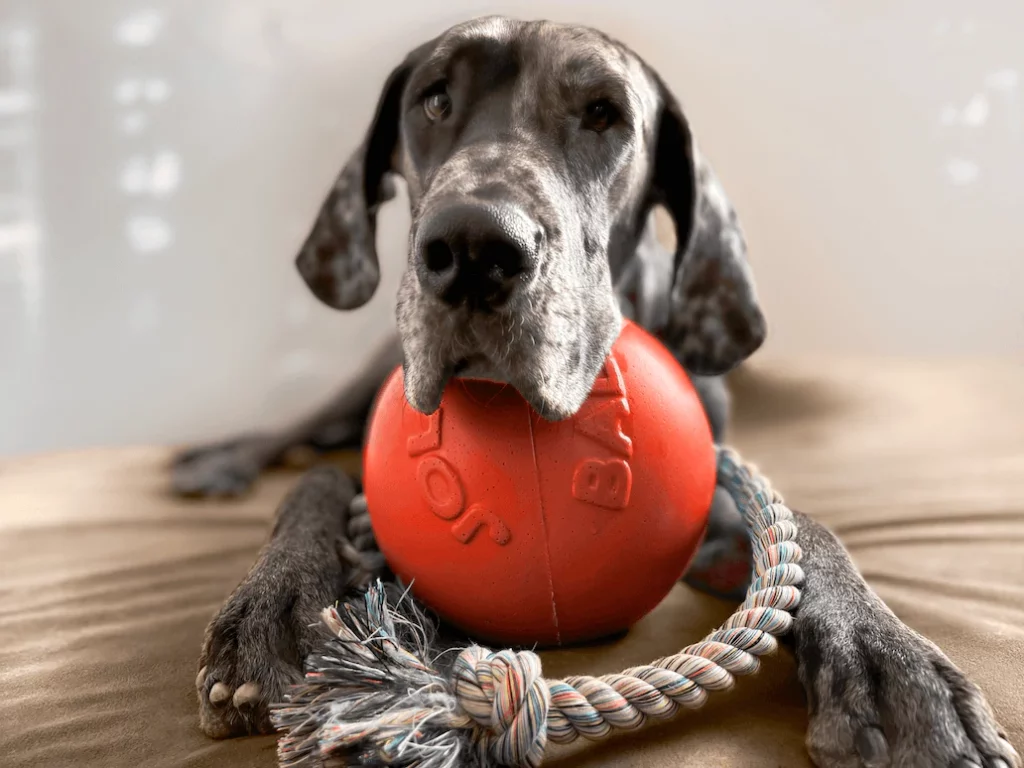
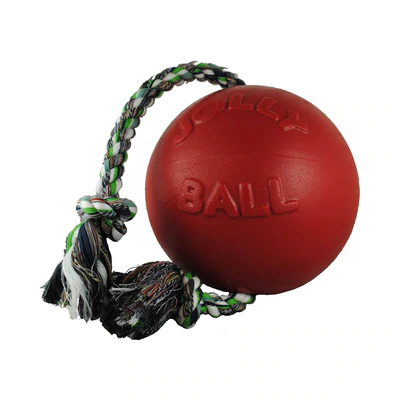
Physical Therapy
Exercises and therapy may be recommended to help your dog regain the strength and mobility in their leg. This will typically involve exercises that you’ll do at home, but may also include hydrotherapy or laser therapy.
Surgery
Depending on the severity of the break, your Great Dane may need surgery. This is typically done by placing metal plates or screws in the bone to hold it in place while it heals.
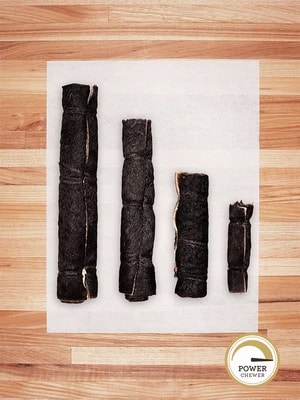
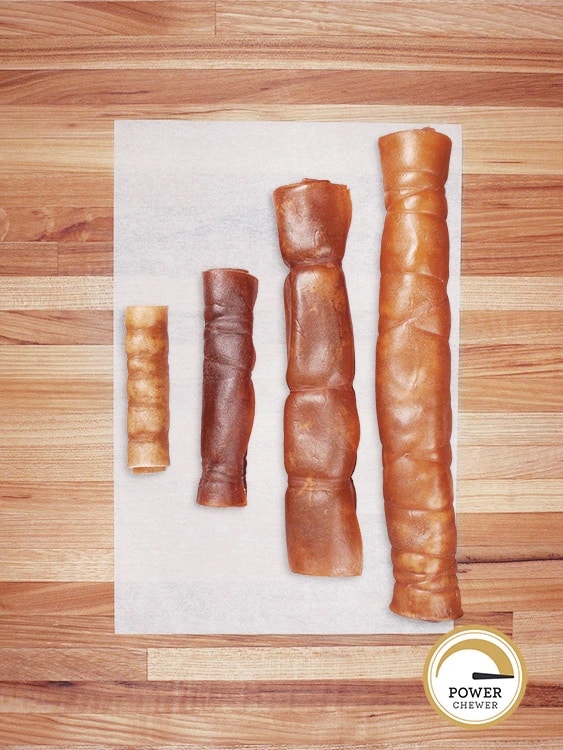
In some cases, your dog may need what’s called an external skeletal fixation (ESF). External Fixation is where metal pins are placed on the outside of the leg and held in place with an external frame. This is typically used for more severe breaks or when surgery isn’t an option.
Your Great Dane will need general anaesthetic for any surgery that they undergo.
No matter what treatment route you and your veterinarian decide to take, it’s important to be patient and follow their instructions. With time and proper care, your dog will heal and be back to
At Home Management Post Treatment
There are a few things that you’ll need to do at home to help them recover.
The first thing is to make sure that they’re getting plenty of rest. It’s important to let them heal, regardless of whether they have a broken bone, chipped bone fragments, or open fractures.

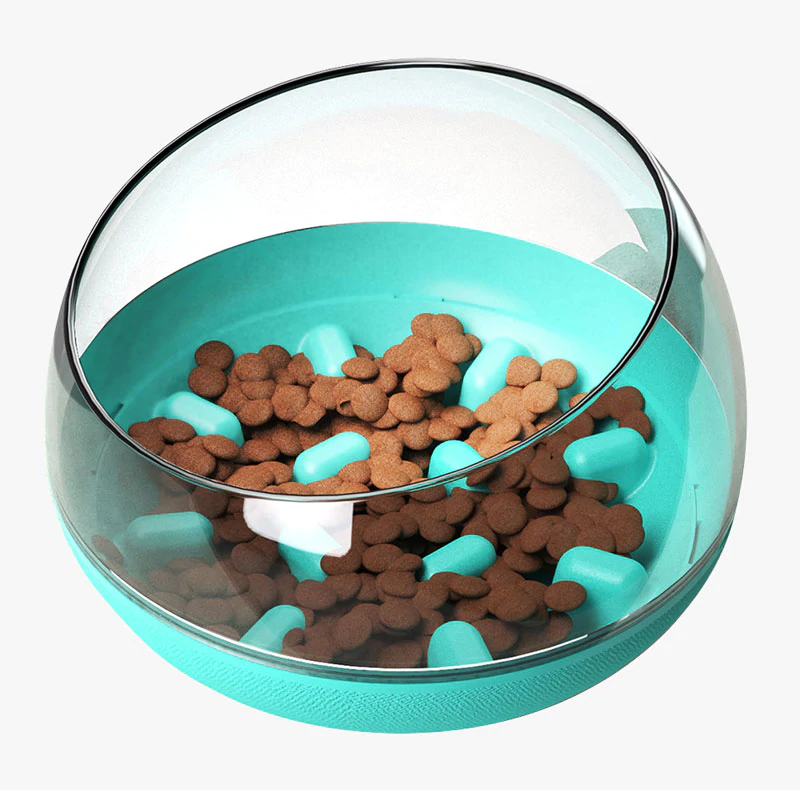
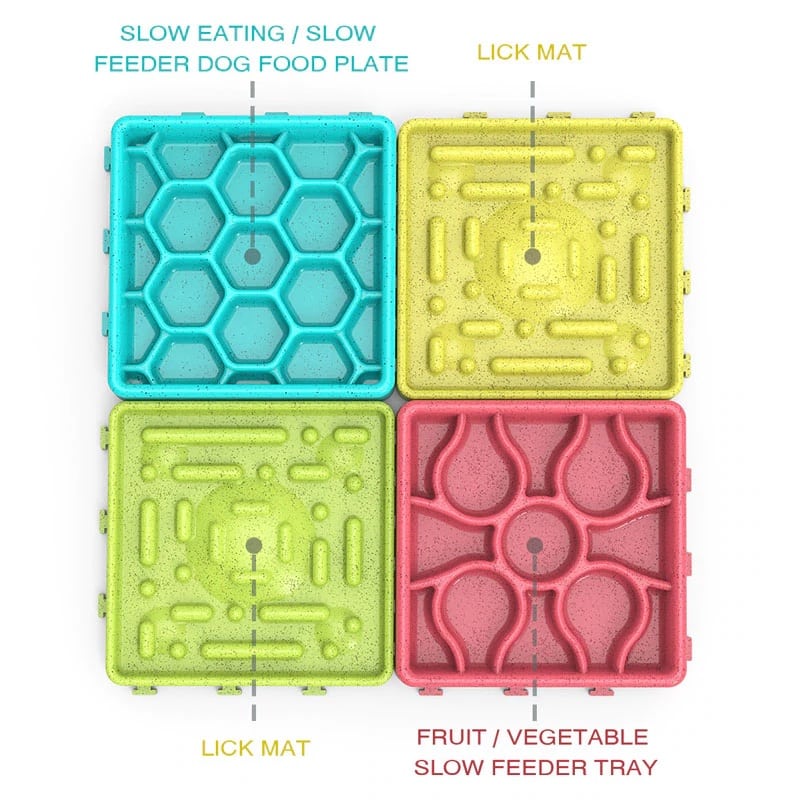
You can use an ice / cold packs to help heal the surgery site and keep the pain as minimal as possible.
A crate is a great way to keep them calm and let your dog heal. Here is our favorite crate for large dogs, which can be utilized if your dog breaks anything or has any type of recovery needed:
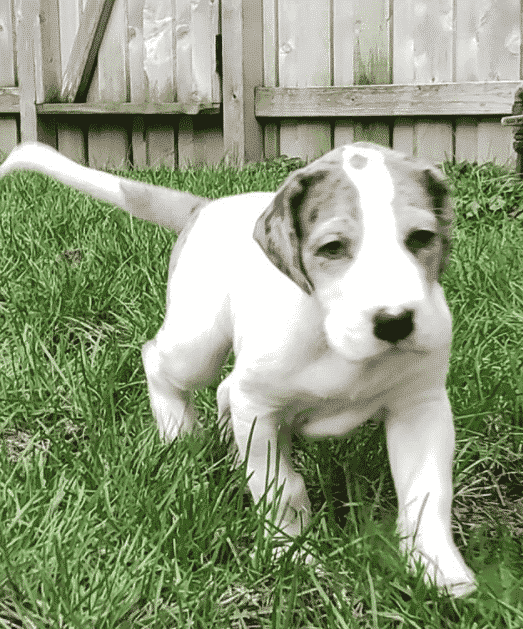
The Best Crate for a Great Dane Puppy: Click Here
Seven: Other Injuries in Dogs
Sometimes other injuries can impact a Great Dane, some of which require non surgical recovery options.
The most common type of ligament injury in dogs is a cranial cruciate ligament (CCL) tear. This typically happens when the dog’s knee twists or turns too much, causing the ligament to tear.

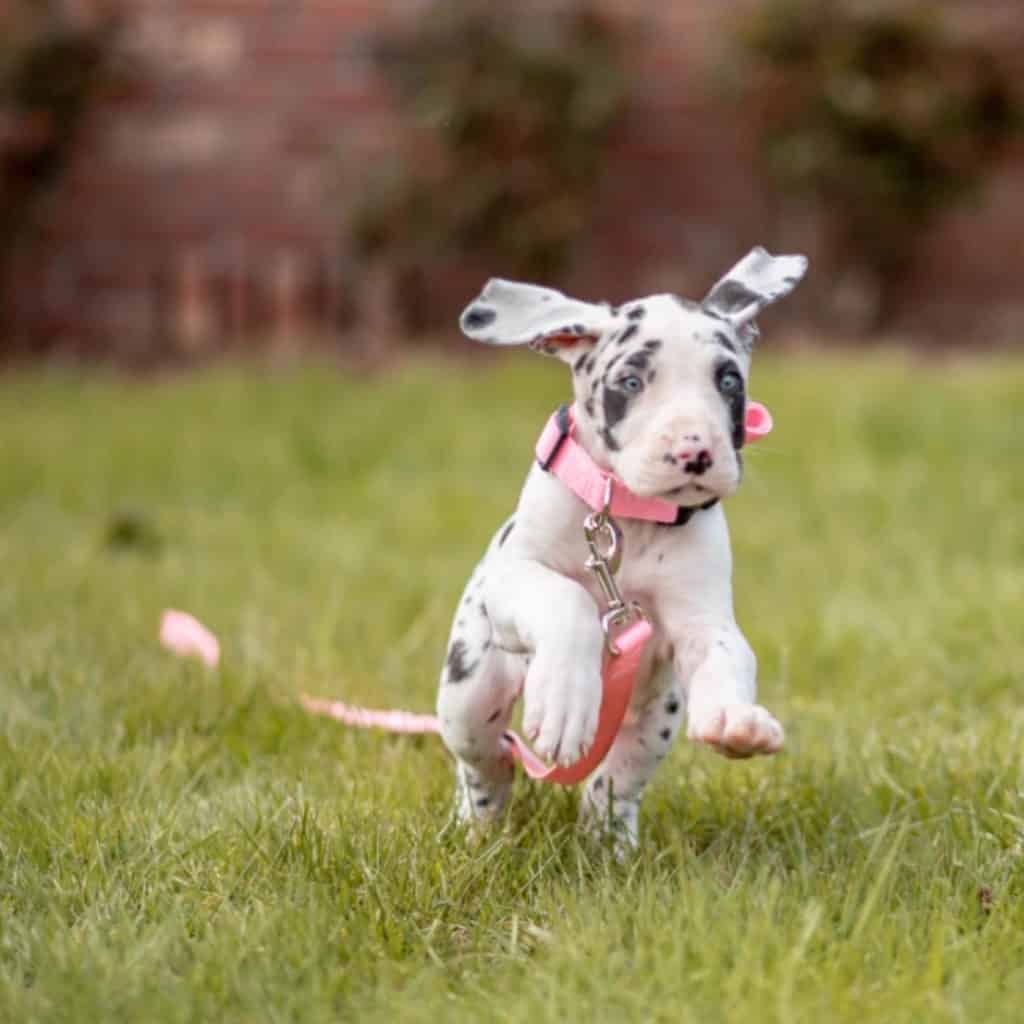

Treatment for this typically includes rest, weight control, physical therapy, and sometimes surgery.
Pet Insurance
In some cases, pet insurance can help cover the cost of treatment for a broken leg, open fractures, and even the diagnostic x rays needed.
Because a fracture or or break can be very expensive, we highly recommend getting a plan before any major type of fracture or break occurs.
The Bottom Line
A broken leg in a Great Dane, whether a fracture on the front leg, back legs or a complete break, is never a small issue.


With proper care, most Great Danes make a full recovery and are able to return to their previous level of activity.
If you have any questions or concerns, we’re here to help!
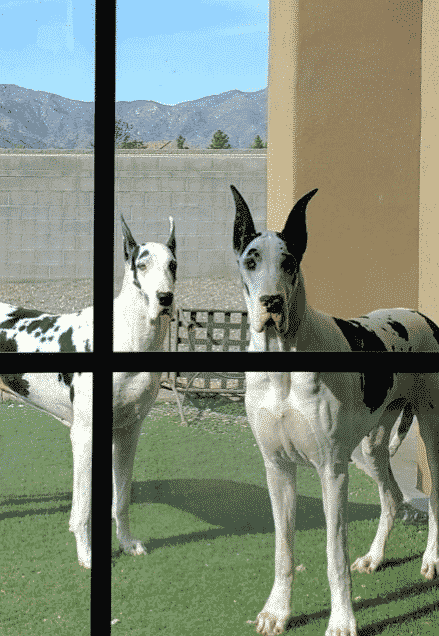
JOIN OUR COMMUNITY
Do you like modern positive+balanced off-leash dog training, science-based information, life with Danes, educated ownership and chatting with other like-minded people?
Join our growing Facebook group!

